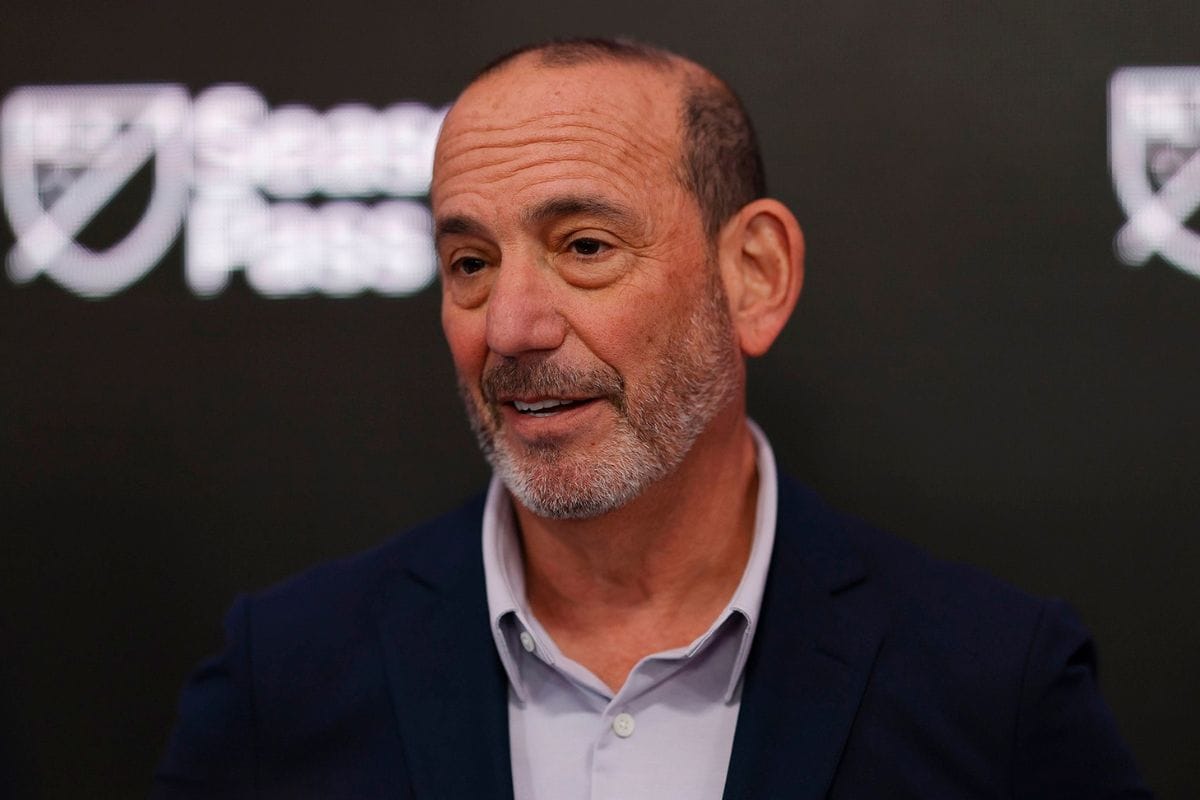Things were bleak for the Colorado Rapids in 2023.
They fired manager Robin Fraser, finished last in the Western Conference, and looked lost heading into the 2024 season. Chris Armas was hired as their new coach in November of last year, then, with a very clear mandate: help fix things in Colorado.
With a smaller budget than he had during his time in charge of the New York Red Bulls or Toronto FC and back in the manager's seat after being an assistant with Manchester United and Leeds United, leading the Rapids would be a different challenge for Armas. Eight months into his new job, the Colorado Rapids have improved their points per game mark from last year to this year by more than all but one team in MLS.
If the season ended today, Colorado would be hosting a home playoff series.
Backheeled caught up with Armas to learn more about the Rapids' impressive turnaround, his own tactical evolution, and their young stars.
Answers have been lightly edited and condensed for clarity.

When you agreed to become Colorado’s coach over the offseason, what areas did spotlight that you wanted to improve?
I saw two things. One, the team was just not winning.
For me, I want an open, hungry, moldable group of men to work with. And I thought based on just the logic of where I'd be picking this team up, they surely would be looking for some solutions.
I thought, “yes, there’s going to opportunity to try to sell something.” I'm going to propose a way of playing and I'm sure they're gonna be open to it, because how do they feel about what they’re doing? I'm friends and we're very respectful with Robin Fraser, I don't want to ever put anything out there that talks bad about what came before me.
Now, the other biggest part where I saw opportunity is the style of play.
Defensively, they were defending in bigger spaces. I thought, "overnight, I can get us more compact." So structurally, I saw room to improve.
Statistically, I analyzed the team. How many back passes in transition? Once we win a ball, we play backwards. I said, “well, when I coached the Red Bulls, we led the league in first passes forward.” That’s something we can change. What is the goal? Play backwards and reset the attack or play forward and eliminate the players and score goals? Center backs with how they dealt with channel balls defensively: stay in the middle and go passive or release and be proactive?
The style of play that I was going to propose and bring and demand was going to be, I’m not saying better, but different. So where did I see room to improve? It was almost in every phase, it would probably look different.
When you’re talking to a new signing, how do you describe how your Rapids team plays?
Our brains can't keep track of so many things, so very simply: we're going to be a team that's team first. Words like passion, tradition, honor, I don't even have to talk about that stuff because it all falls under putting the team first.
So team first is one thing — and we’re going to attack.
If I'm talking to a new signing, maybe their ears perk up. Everything we do revolves around intensity and organization. So we want to be a team that plays intense football and proactive football.
Now you break it apart and talk about in-possession, what does that mean? It's proactive attacking with an emphasis on verticality. And against the ball, we’re going to be proactive with an emphasis on pressing and counter pressing. Most games are lost, not won. There are mistakes and we're going to be a team that forces mistakes. When we have the ball, we're coming after you. When we don't have it, we're going to have ways to try to get that ball back.
Early on, I'm asking questions in the room and say, “hey, this moment when we lose the ball and we win it back, Oliver Larraz, why are we doing this?” Or, “hey, Mikey Edwards, why are we doing this?” And I have to ask it a few times, and someone says “to score a goal.” Everything we do — all the organization against the ball, tight, jumping, pressing, block — we want to get the ball back to score goals.
We have ideas: breaking lines with a dribble, with a pass, overloads, attack, run behind, lose it, counter press, redo, it, organization, tight, in hunt mode, take away the middle of the pitch, bang, release, go, win the ball, attack.

In possession, you don’t spread the field to make the game as big as possible. Why do you attack without a great deal of width?
The first principle is to create a structure of height and width and players between lines.
If we drew up a 4-2-3-1, it’s a narrow 4-2-3-1 if you remove the fullbacks. We want to try to stretch the opposition, but we want to have a structure that allows for verticality. So if we talk about a structure of height, it's a striker and the wingers in tighter. Some match plans bring them wider, but oftentimes we're trying to get height and then width, and the width is oftentimes the fullbacks. So it’s not that we don’t have width. We oftentimes have to go around the opposition to go vertical.







